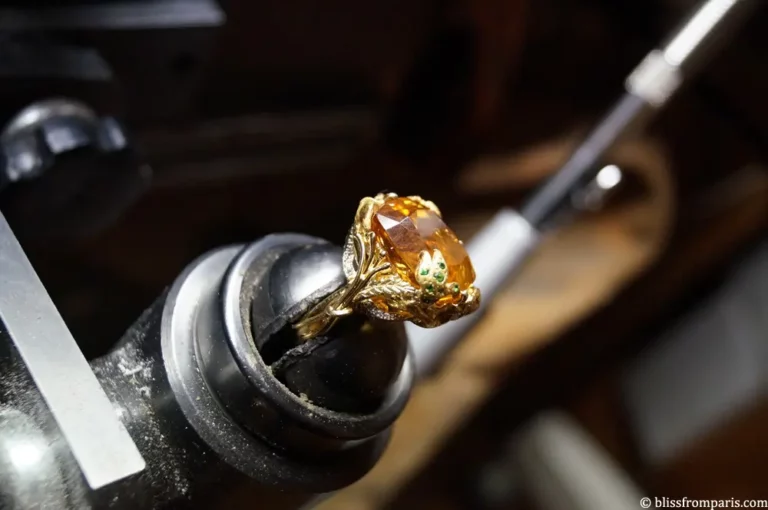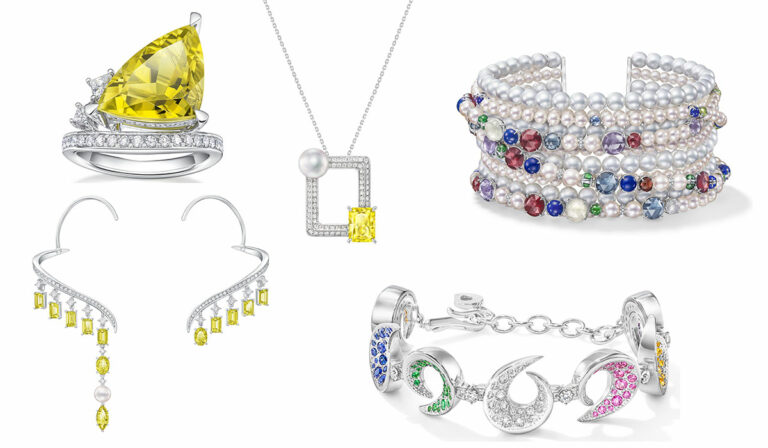The name “sapphire” comes from the Greek “sappheiros” which means stone of blue color. Blue is omnipresent in our environment, because of the color of the sky, but it is finally rare on earth, hence our fascination for it. However, it didn’t become popular until the twelfth and thirteenth century, with the evolution of the iconography of the Holy Virgin, who dresses in blue on the paintings, and when finally the dyes of clothes have been judged to be sufficiently beautiful and intense to be worthy of the outfits of the nobles and princes. Blue is indeed the link between heaven and earth, a symbol of peace, of victory, of fidelity in the commitment to friendship or love, to the power of priests and kings.
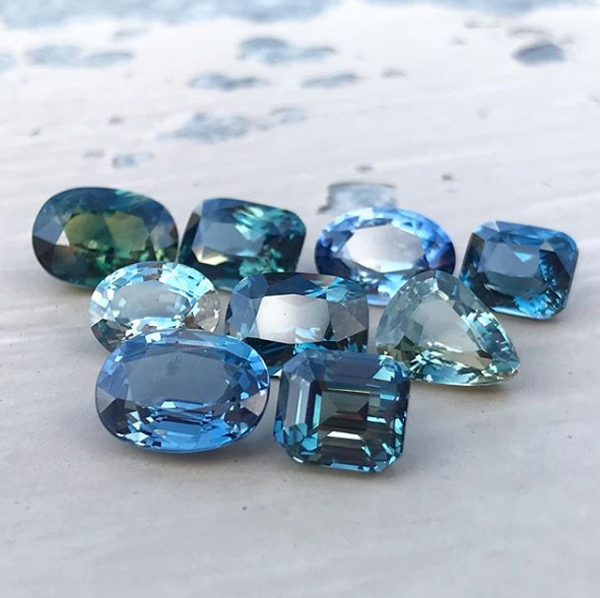
Sapphire is a variety of corundum. It is formed at 50 km depth in the Earth where one finds intense temperature and pressure conditions. It crystallizes in magmatic rocks, sometimes in marbles, and consists of aluminum oxides. It is an extremely hard stone, 9 on the Mohs scale, a level below the maximum hardness belonging to the diamond. Sapphire can be in many colors depending on the coloring elements it contains: iron and titanium for blue stones, iron for yellow and green, vanadium for violets, chrome for pink.
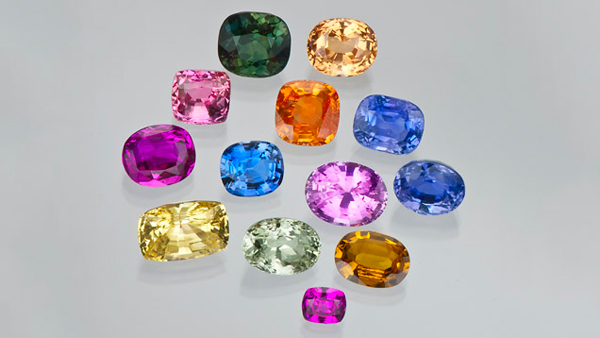
We can find sapphire in Australia, Brazil, the United States or Madagascar. The most important deposits, and those containing the most beautiful stones, are generally in Asia: the mines of Kashmir in India, of Sri Lanka where sapphire cornflower is produced (color of blueberry), and of Mogok in Burma.
Sapphires are often treated to improve their color or clarity. Heat treatment is common for permanent results. Less common treatments such as diffusion, fracture filling and dyeing may require special care. Sapphires dyed and filled with fractures can be damaged by even light acids such as lemon juice.
The corundum may exhibit a phenomenon called asterism or star effect, coming from white light reflecting in many tiny and oriented inclusions. It usually appears as a six-star star pattern on the curved surface of a cabochon cut stone. Another interesting variety is the color-changing sapphire under different lighting, which adds a special dimension to the already amazing family of corundum.
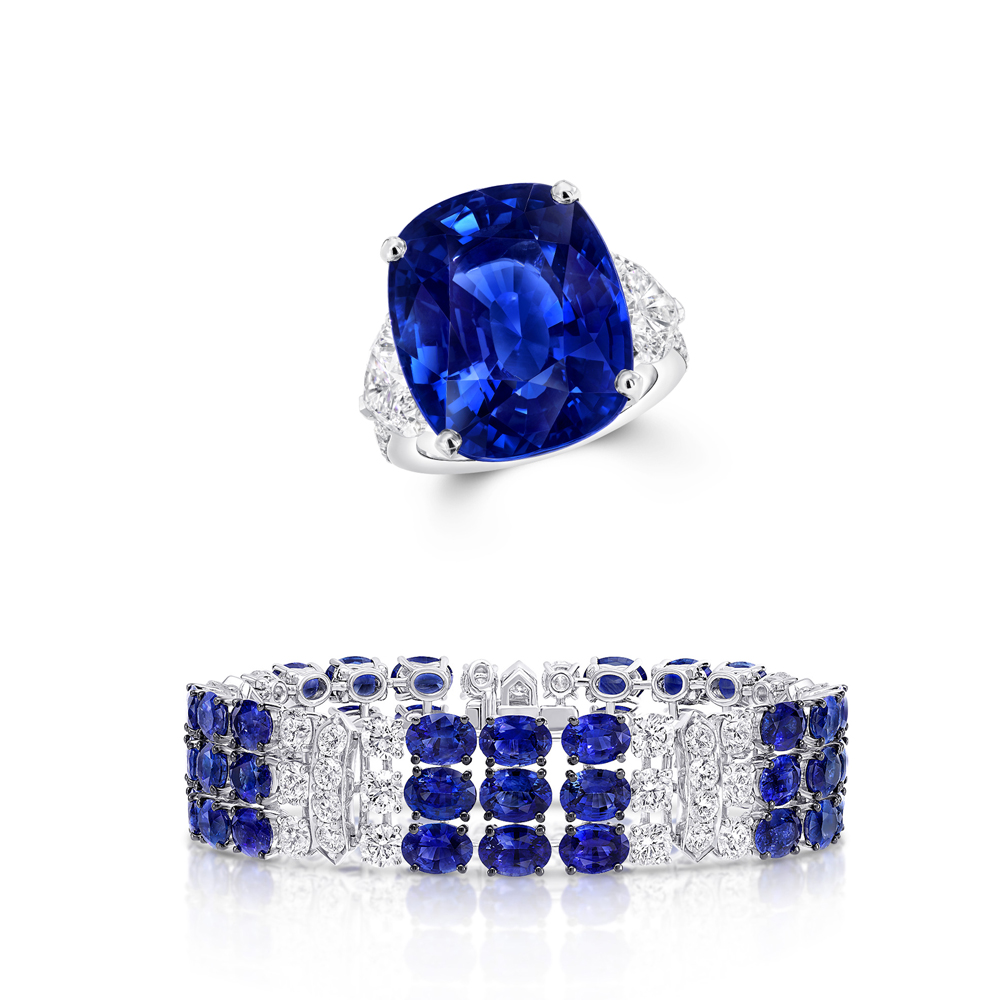
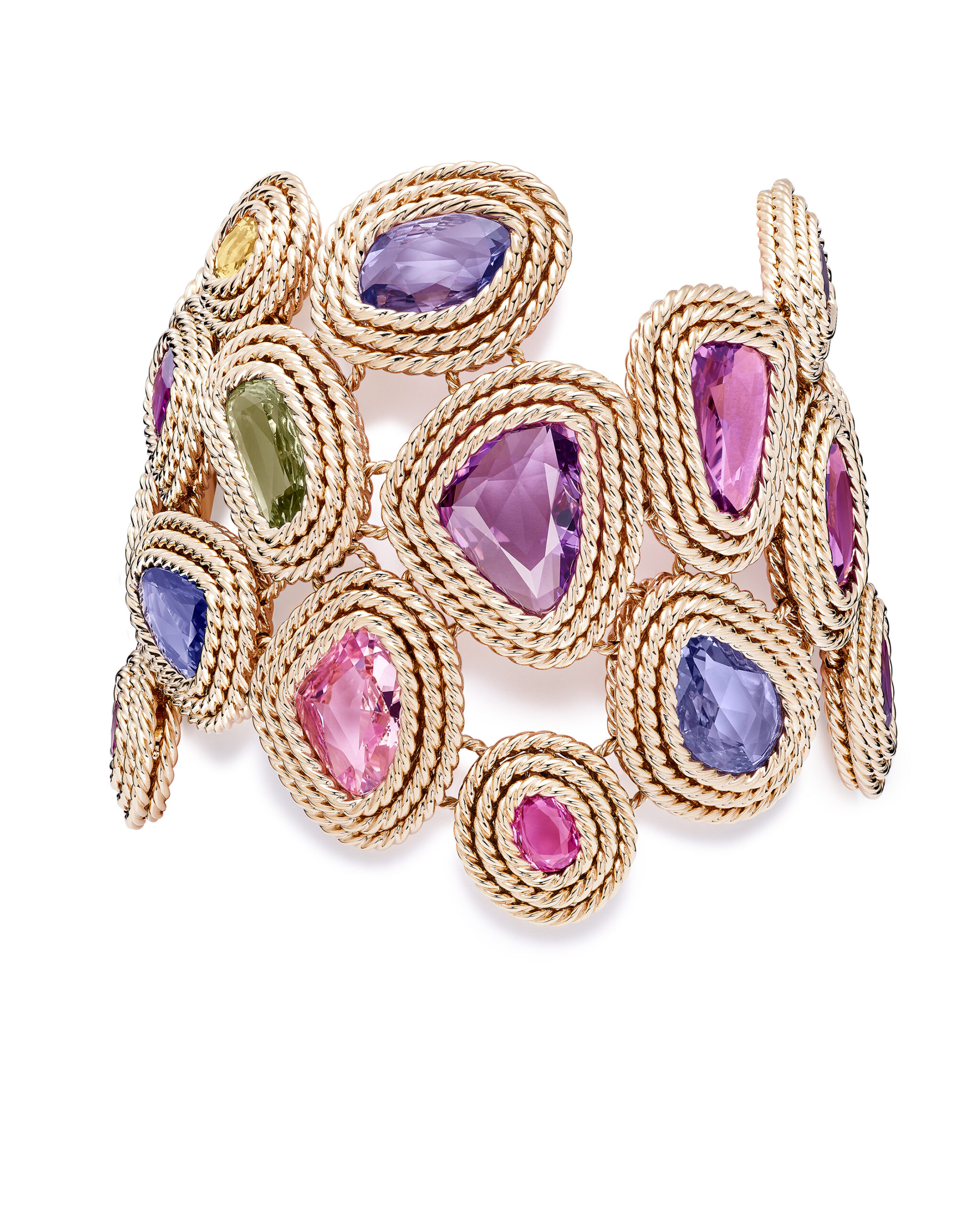
Among the famous sapphires, the 563-carat Indian Star is probably the largest ever star-shaped sapphire. After belonging to the Maharajahs of Hyderabad, it is now part of the collection of the American Museum of Natural History in New York. The deep blue Logan sapphire (423 carats) from Burma is currently owned by Washington’s Smithsonian Institution, which also owns the star of Asia, a 330-carat star sapphire. The Russian tsars also liked to adorn themselves with beautiful pieces, which are now in the treasures of the Kremlin, including the blue tsar (260 carats) which belonged to Vladimir Monomakh (1053-1125), Grand Prince of Kiev. Finally, there is the Mac Cormick sapphire (197 carats), a briolette (a pear-shaped, all-facetted, no crown or breech) of American Ganna Mac Cormick who bought the Théâtre des Champs-Élysées in Paris. Avenue Montaigne, in Paris, to satisfy his passion for singing. In France, we can mention the sapphire of the talisman of Charlemagne, king of the Franks, which sports in its center a magnificent blue sapphire, surrounded by fine stones and pearls, all set in gold. It is preserved at the Tau Palace in Reims. The “Grand Saphir” of 135.8 carats of Louis XIV has only 6 faces and is known for its diamond shape. Louis XIV acquired it in 1669, very shortly after his big blue diamond and he became the third gem of the Jewels of the Crown of France. It is entrusted to the National Museum of Natural History (MNHN) in 1796 where it is still located.
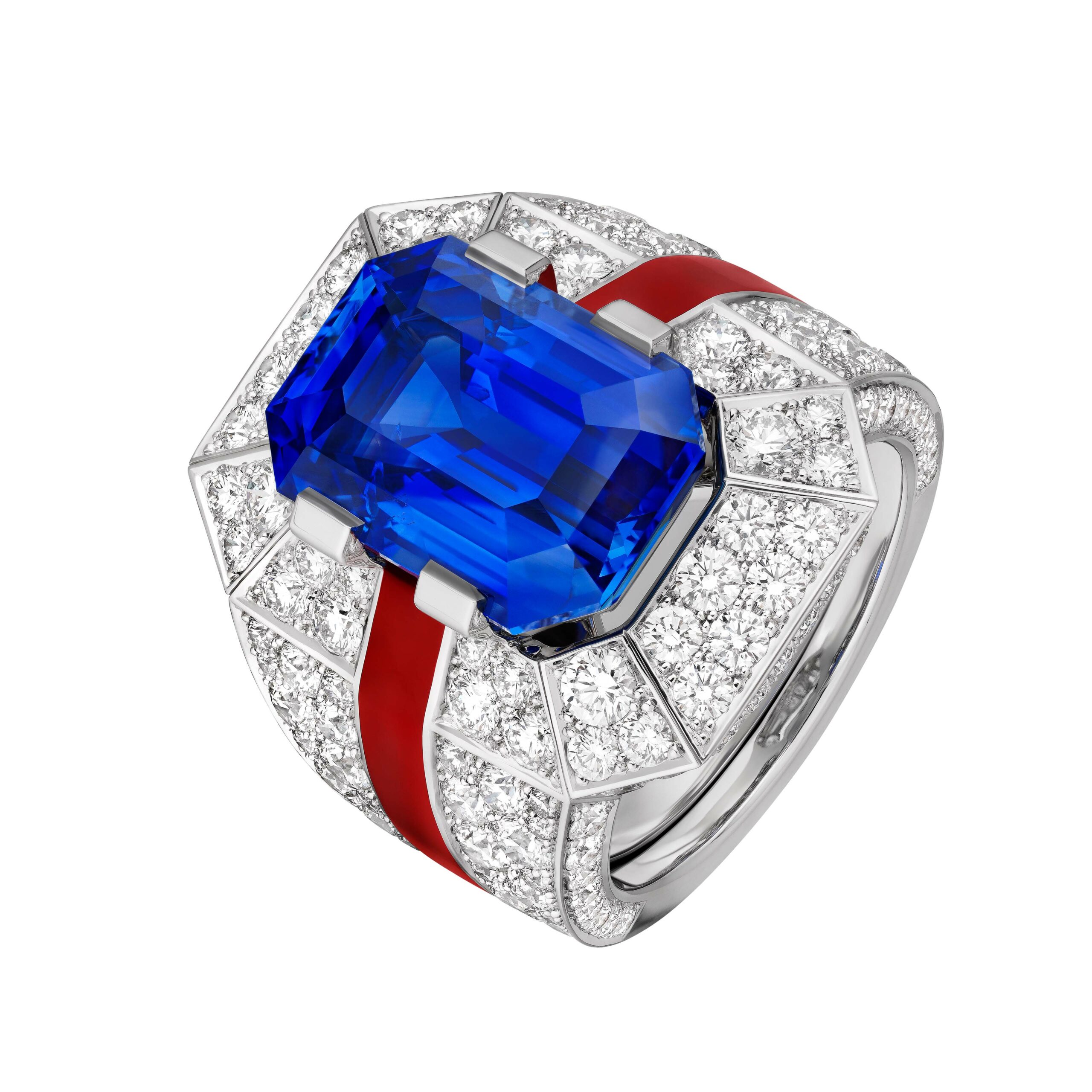
Sapphire is still a precious stone today, still adorning the jewels of crowns and great fortunes, but also the jewels of the creators who use it for these physical priorities, like its hardness and the variety of its colors, for attractive shades and trends. Cheaper than diamond, ruby and emerald, it is chosen for its purity, brilliance and color, and is worn for its strong symbolism. In engagement ring or precious pendant, in sipmle or design piece, it will remain a strong value in jewelry.


